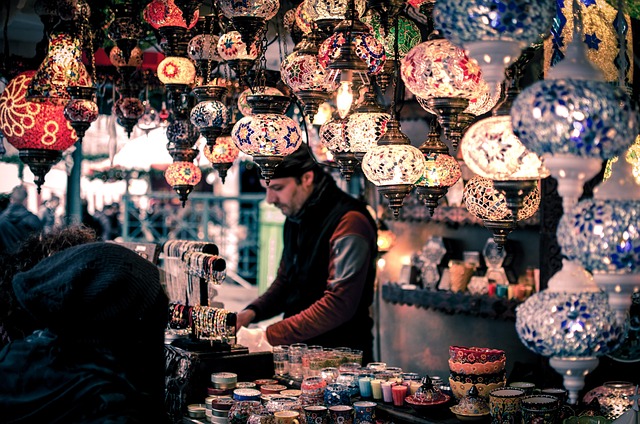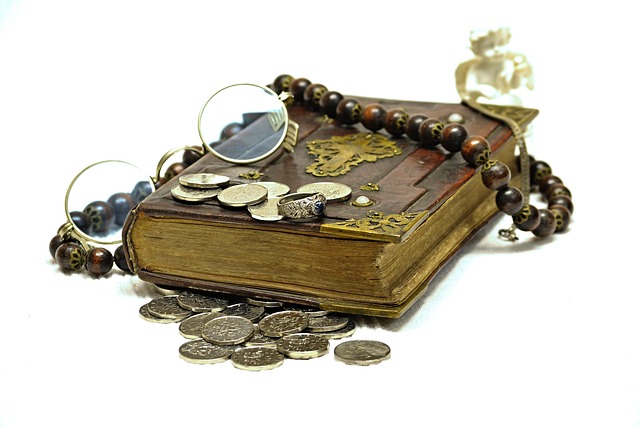Understanding regional preferences is key for providing effective translation services in the diverse UK art market. When translating catalogs and brochures, translators must consider cultural nuances, local artistic references, dialect variations, and idioms to resonate with specific audiences. Professional UK Art Catalogs and Exhibition Brochures Translation Services adapt content, idiomatic expressions, and formatting to showcase regional artistic identities, ensuring clear communication and engagement for art enthusiasts nationwide. This personalized approach celebrates the UK's rich artistic heritage while maintaining accuracy and precision in translations.
In the dynamic market of UK art, tailored translations are essential for reaching diverse audiences. This article explores the intricacies of adapting translation services for UK art catalogs and exhibition brochures, highlighting regional preferences and cultural nuances. From understanding language variations across the UK to employing precise technical and artistic terms, these strategies ensure effective communication. By delving into best practices, we provide insights that enhance translation services for this vibrant sector, catering to diverse regions while preserving artistic integrity.
- Understanding Regional Preferences in Translation: The UK Market
- Cultural Nuances and Language Variations Across the UK
- Adapting Art Catalogs: Terminology and Style
- Localizing Exhibition Brochures for Different Regions
- Technical and Artistic Precision in Translation Services
- Strategies for Effective UK Art Translation: Best Practices
Understanding Regional Preferences in Translation: The UK Market

Understanding regional preferences is a key aspect of providing effective translation services, especially in a diverse market like the UK. When it comes to translating art catalogs and exhibition brochures, cultural nuances play a significant role. The UK, with its rich artistic heritage and varied regional identities, demands tailored translations that resonate with local audiences.
For instance, when translating an art catalog for a museum in London, a translator should be aware of the city’s unique cultural landscape. They might include references to famous local galleries or artists to create a sense of connection. Conversely, a brochure for an exhibition in rural Scotland may focus on the region’s distinct artistic traditions and natural beauty. Translators must thus delve into regional art scenes, understanding the specific tastes, history, and languages of each area to deliver translations that not only convey the original message but also capture the essence of the UK market.
Cultural Nuances and Language Variations Across the UK

The United Kingdom, with its diverse regions, presents a unique challenge for translators when it comes to art catalogs and exhibition brochures. The country’s rich cultural tapestry is woven with nuances and variations in language, dialect, and even humor across different areas. For instance, a phrase that might be commonly used in London, such as “chuffed to bits” to express delight, could mean something slightly different or not be recognized at all in the north west, where local slang has its own distinct flavor.
These regional preferences extend beyond vocabulary and include idiomatic expressions, proverbs, and even formatting choices. For example, a play on words that works in one part of the UK might need to be adapted for another to maintain clarity and cultural relevance. UK art catalogs and exhibition brochures require translators who understand these subtleties to ensure the message is not only accurately conveyed but also resonates with local audiences. Professional translation services specializing in this domain are vital to creating engaging content that connects with art enthusiasts across the nation, facilitating access to cultural events and promoting artistic appreciation without linguistic barriers.
Adapting Art Catalogs: Terminology and Style

When translating UK art catalogs or exhibition brochures, it’s crucial to adapt the content to regional preferences, ensuring the terminology and style resonate with the intended audience. Art is a universal language, but its expression varies across cultures. Therefore, translation services should go beyond literal interpretations. For example, names of artistic movements might need localizing to reflect their significance in different regions. In the UK, references to “Victorian art” or “20th-century British painting” carry specific connotations that could differ from other countries.
Translators must also consider regional variations in aesthetic terms and art-related idioms. A phrase like “a stunning display” might be acceptable worldwide, but a more nuanced term could be required in the UK to capture the exact sentiment. Style guides specific to the target region can help maintain cultural sensitivity and consistency throughout the catalog or brochure.
Localizing Exhibition Brochures for Different Regions

When showcasing art in diverse regions, the power of language cannot be overstated. Localizing exhibition brochures for different areas is a strategic move that ensures your UK Art Catalogs and Exhibition Brochures Translation Services resonate with each target audience. This involves more than just translating text; it’s about understanding cultural nuances and regional preferences. For instance, what appeals to art enthusiasts in London might differ from those in rural parts of the UK.
Consider the use of local idioms, colloquialisms, and even artistic references specific to each region. This personalized approach not only makes your brochures more engaging but also helps visitors connect with the exhibition on a deeper level. By tailoring translations, you create an inclusive experience that celebrates cultural diversity while providing a seamless understanding of the art being presented.
Technical and Artistic Precision in Translation Services

When it comes to translation services, especially for UK art catalogs and exhibition brochures, precision is key. Technical accuracy is vital to ensure that specialized terms in fields like art history, conservation, or design are conveyed correctly. For instance, translating a description of a painting’s restoration process requires an understanding not just of the languages involved but also of the specific terminologies used by conservators and art historians.
Artistic precision, on the other hand, involves capturing the essence and aesthetic nuances of the original content. This is particularly important for UK art catalogs and exhibition brochures, which often feature rich descriptions and evocative language to showcase artworks. Translators must be able to convey not just the literal meaning but also the artistic intent behind each piece, ensuring that the target audience understands and appreciates the artwork as intended. Services that offer both technical and artistic precision are essential for creating engaging and accurate translations of UK art catalogs and exhibition brochures.
Strategies for Effective UK Art Translation: Best Practices

When translating UK art catalogs and exhibition brochures, understanding regional preferences is key. Each area within the UK has its own cultural nuances that can significantly influence how information is perceived and consumed. For instance, a translation for London might focus on contemporary art trends while a translation for Scotland could highlight indigenous artistic traditions. This tailored approach ensures that the translated content resonates with local audiences, fostering deeper engagement.
Best practices include working with translators who are not only fluent in both languages but also have a keen awareness of UK cultural contexts. Using terminology and phrases that align with regional art scenes shows respect for local identities. Additionally, leveraging technology like translation memory software helps maintain consistency across multiple documents and ensures key artistic terms are translated accurately. These strategies combine to deliver high-quality translations that effectively promote UK art catalogs and exhibition brochures both domestically and internationally.
In conclusion, tailoring translations to regional preferences is paramount in the UK art industry, where cultural nuances and language variations significantly impact communication. When localizing art catalogs and exhibition brochures, accuracy in terminology and style is essential. By employing strategies that emphasize technical and artistic precision, translation services can effectively bridge linguistic gaps, ensuring a seamless experience for diverse audiences across the UK. This approach not only enhances accessibility but also deepens engagement with art, fostering a vibrant cultural exchange throughout the nation.



